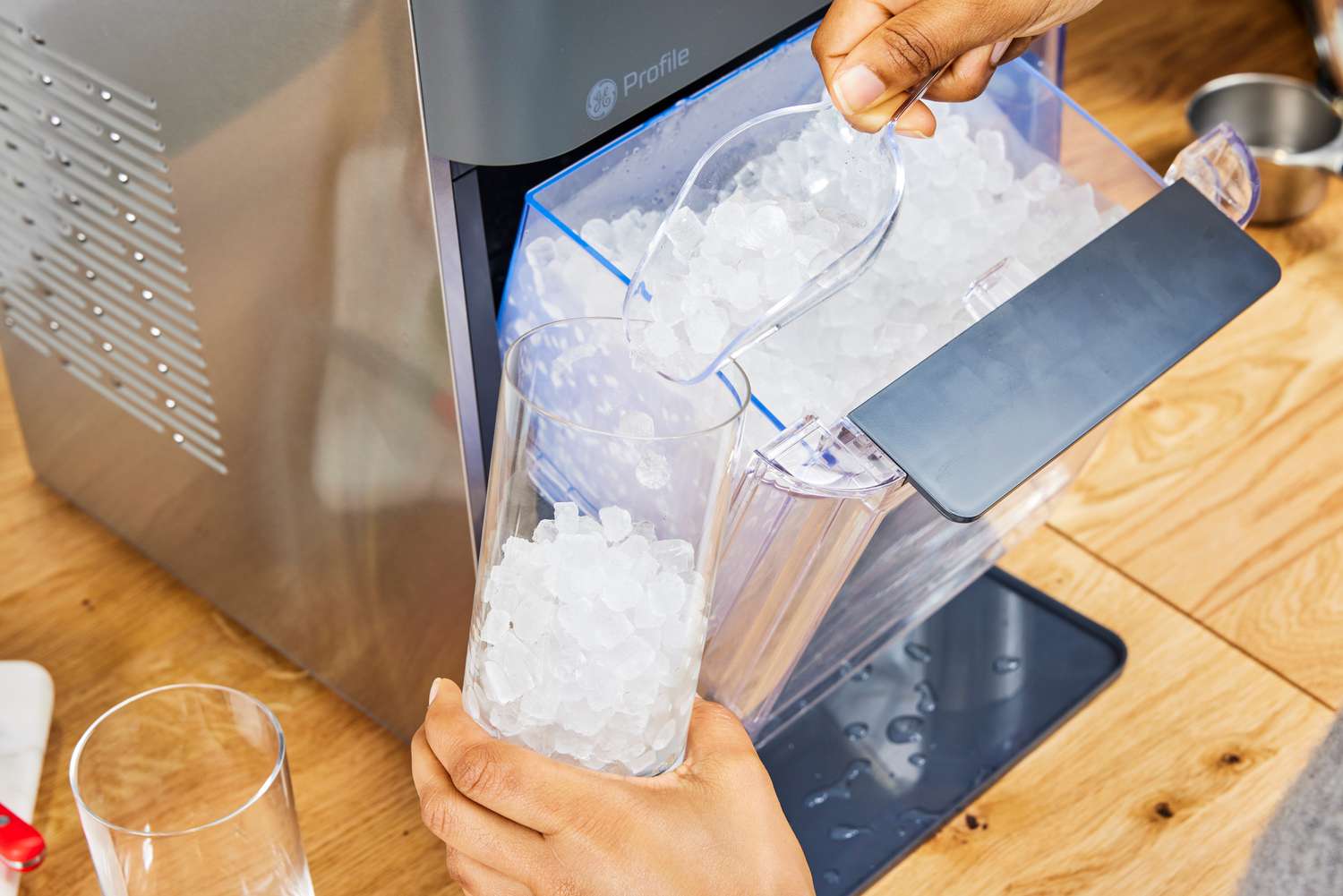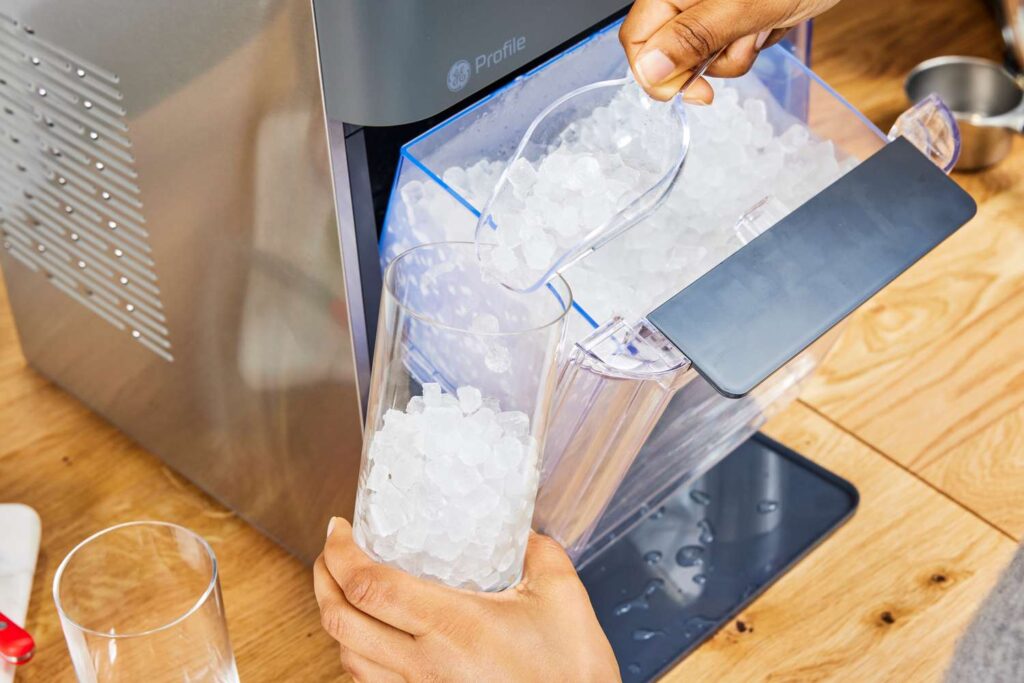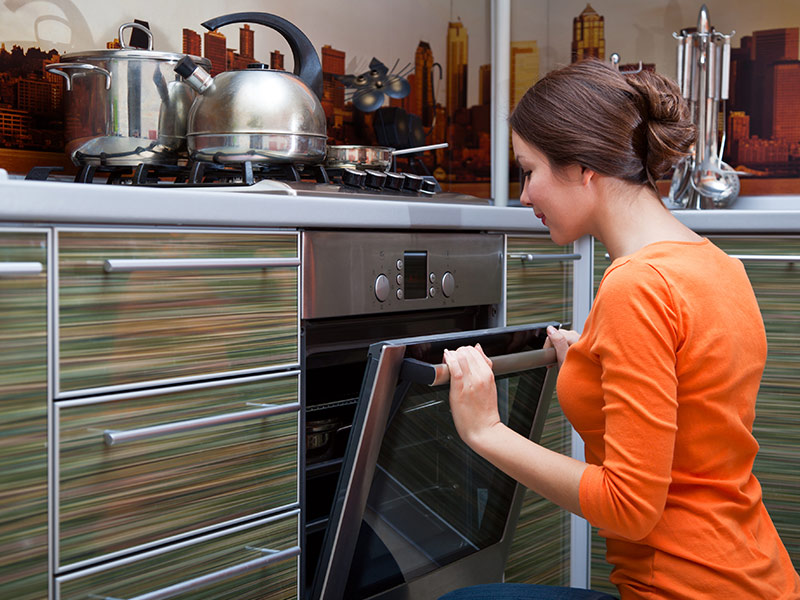Common Ice Maker Problems
- No Ice Production
- If your ice maker isn’t producing ice, the issue could be due to a clogged water line, a faulty water inlet valve, or a malfunctioning ice maker assembly.
- Slow Ice Production
- An ice maker that produces ice slowly can be frustrating. This problem is often caused by incorrect temperature settings, a dirty water filter, or issues with the water supply.
- Poor Ice Quality
- If the ice cubes are cloudy, small, or have an odd taste or smell, it could be due to a dirty water filter, mineral build-up, or impurities in the water supply.
- Ice Maker Leaks
- Water leaks around the ice maker can be caused by a damaged water inlet valve, a clogged defrost drain, or improper installation.
- Ice Not Ejecting
- If the ice maker produces ice but doesn’t eject the cubes, the problem might be with the ejector mechanism, the ice mold thermostat, or the control module.
Troubleshooting Tips
- Check the Water Supply
- Ensure that the water supply line is properly connected and not kinked. Verify that the water supply valve is fully open.
- Replace the Water Filter
- A clogged or dirty water filter can restrict water flow and affect ice production. Replace the water filter every six months to maintain optimal performance.
- Inspect the Temperature Settings
- Ensure that the freezer temperature is set correctly. The ideal freezer temperature for ice production is between 0°F and 5°F.
- Clean the Ice Maker
- Regularly clean the ice maker to remove any mineral build-up or impurities that could affect the quality of the ice. Use a mixture of vinegar and water to clean the ice mold and other components.
- Check for Blockages
- Inspect the ice maker and the surrounding area for any blockages that could prevent ice from ejecting. Clear any obstructions to ensure smooth operation.
When to Call a Professional
While some ice maker issues can be resolved with simple troubleshooting, others require the expertise of a professional technician. Here are some signs that it’s time to call in the pros:
- Persistent No Ice Production
- If your ice maker still isn’t producing ice after checking the water supply and replacing the filter, it’s time to seek professional help.
- Frequent Leaks
- Repeated water leaks can indicate a more serious problem that needs professional attention.
- Electrical Issues
- If your ice maker trips the circuit breaker or experiences electrical problems, it’s best to leave the repair to a qualified technician.
- Complex Mechanical Problems
- Issues with the ejector mechanism, control module, or other critical components should be handled by a professional to avoid further damage.
Conclusion
A well-maintained ice maker is crucial for ensuring a steady supply of clean, highquality ice. By understanding common problems and knowing when to call for professional help, you can extend the lifespan of your ice maker and avoid costly repairs. If you’re experiencing issues with your ice maker, don’t hesitate to contact A Plus Appliances. Our expert technicians are ready to provide quick and efficient
repair services, ensuring your ice maker is back to optimal performance in no time.




